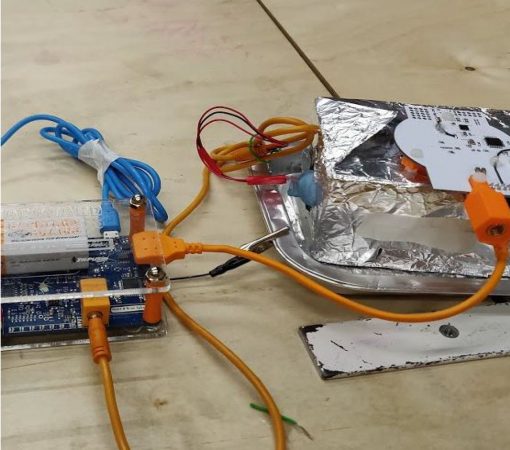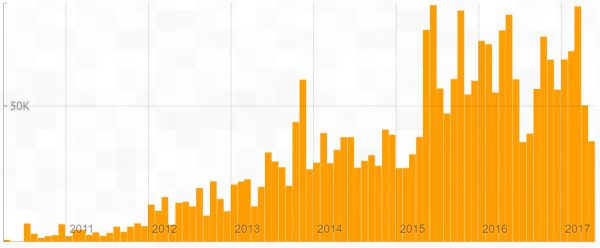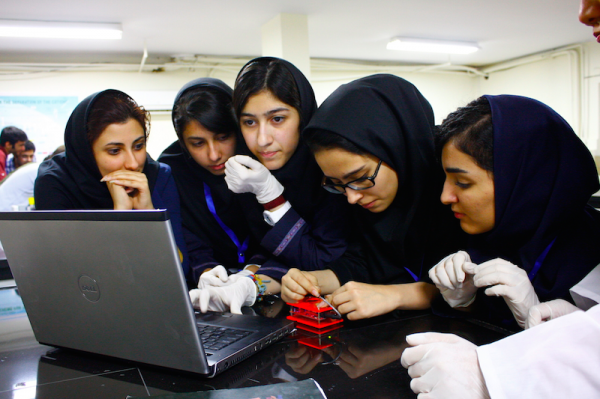-
 EducationWe could be living through the 6th mass extinction, but there’s encouraging news: the preservation of insect biodiversity begins in our backyards. And it doesn’t need all of us to be Jane Goodalls. All we need is a cheap ERG bioamplifier, a smartphone, some patience, and as little (or as much!) scientific training as we […]
EducationWe could be living through the 6th mass extinction, but there’s encouraging news: the preservation of insect biodiversity begins in our backyards. And it doesn’t need all of us to be Jane Goodalls. All we need is a cheap ERG bioamplifier, a smartphone, some patience, and as little (or as much!) scientific training as we […] -
 BizSince we opened our doors in 2010 with the $100 dollar spike, we’ve been working hard to create continue developing affordable, open source neuroscience experiments and educational materials. Seven years later, we’re excited to announce that we have exceeded $3,000,000 in sales! That is more money than the total of all of our grants prior […]
BizSince we opened our doors in 2010 with the $100 dollar spike, we’ve been working hard to create continue developing affordable, open source neuroscience experiments and educational materials. Seven years later, we’re excited to announce that we have exceeded $3,000,000 in sales! That is more money than the total of all of our grants prior […] -
 EducationOn January 1st, we received a New Year’s gift from another continent: Neuroscience tools and experiments made by a group of high school students selected from the 20 best rated schools of Iran. They were written lab reports, submitted for an interdisciplinary neuroscience competition that utilized our open source experiments with cockroaches as a resource […]
EducationOn January 1st, we received a New Year’s gift from another continent: Neuroscience tools and experiments made by a group of high school students selected from the 20 best rated schools of Iran. They were written lab reports, submitted for an interdisciplinary neuroscience competition that utilized our open source experiments with cockroaches as a resource […]